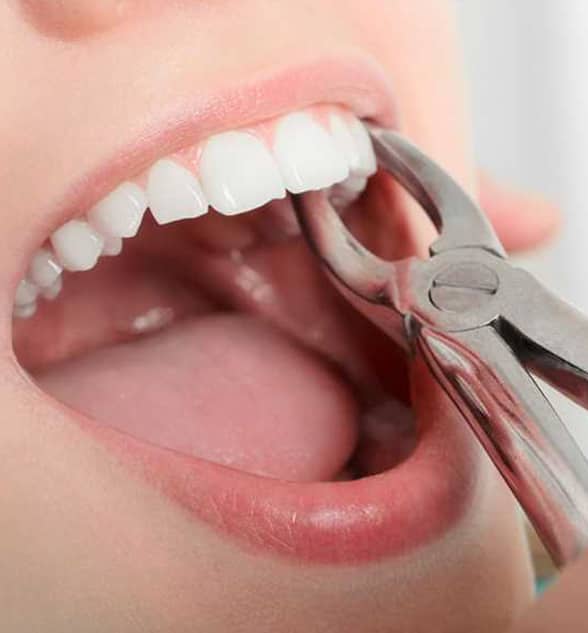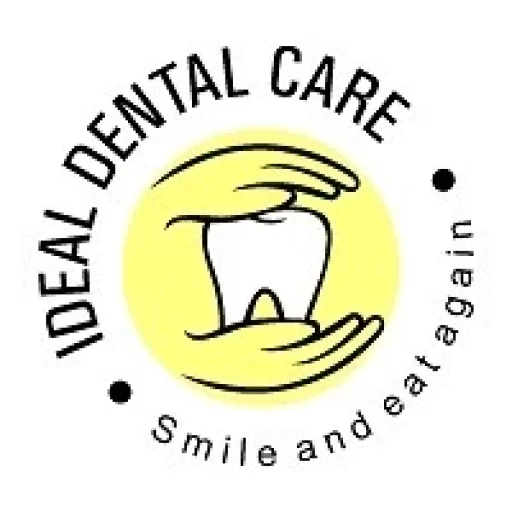
Temporomandibular Joint (TMJ) disorders are conditions affecting the jaw joints and surrounding muscles and ligaments. It can be caused by trauma, an improper bite, arthritis or wear and tear. Common symptoms include jaw tenderness, headaches, earaches and facial pain.
What is TMJ ???
TMJ is an acronym that stands for Temporomandibular joint. Your Temporomandibular joints are located on both sides of your face, just in front of your ears. The TMJs connect your lower jawbone to your skull and assist in movements like chewing and speaking.
What is TMD?
TMD stands for Temporomandibular joint disorder. This refers to any dysfunction of the TMJ. TMJ dysfunction occurs when the muscles and ligaments around your jaw joints become inflamed or irritated. The condition may be acute or chronic, and the resulting pain may be mild or severe.
What causes temporomandibular joint disorder?
TMJ disorder can be caused by injury to the jaw joints or surrounding tissues. Other TMD causes include:
- Teeth Grinding and Clenching (bruxism)
- Dislocation of the disc between the ball and socket joint
- Arthritis in the TMJ
- Stress
- Acute trauma
- An improper bite
What are common TMJ symptoms?
TMJ dysfunction is most common in those 20 to 40 years of age and is more common in women than in men. Some of the most common TMJ symptoms include:
- Jaw pain
- Headaches
- Earaches
- Pain in the neck or shoulders
- Difficulty opening your mouth wide
- Jaws that “lock” in the open- or closed-mouth position
- Clicking, popping, or grating sounds in the jaw joint when opening or closing your mouth
- A tired feeling in your face
- Difficulty chewing
- Ringing in your ears (Tinnitus)
- Changes in the way your teeth fit together
- Swelling on the side of your face
- Tooth pain
What treatments are available for TMJ disorders?
Treatments range from simple self-care practices and conservative treatments to injections and open surgery. Most experts agree that treatment should begin with conservative, nonsurgical therapies, with surgery left as the last resort.
What are some examples of Nonsurgical TMJ treatments?
If you’ve been diagnosed with TMJ dysfunction, your dentist will probably recommend conservative treatment options first. Many of these therapies can work in combination with one another to provide TMJ relief:
- Apply moist heat or cold packs: Apply an ice pack to the side of your face and temple area for about 10 minutes for acute pain. Do a few simple stretching exercises for your jaw (as instructed by your Dentist). After exercising, apply a warm towel or washcloth to the side of your face for about five minutes. Do this a few times each day.
- Eat soft foods To keep your jaw from working overtime, eat soft foods such as yogurt, mashed potatoes, cottage cheese, soup, scrambled eggs, fish, cooked fruits and vegetables, beans, and grains. Avoid hard and crunchy foods (like hard rolls, raw carrots) and chewy foods (like toffee). Don’t chew gum.
- Take medications To relieve pain and swelling, try over-the-counter Pain killers such as aspirin, ibuprofen. Your Dentist can prescribe higher doses of pain killer. Muscle relaxants, especially for people who grind or clench their teeth, can help relax tight jaw muscles. Anti-anxiety drugs can help relieve stress, which is sometimes thought to worsen TMJ symptoms. A low dose of antidepressants can also help reduce or control pain. Muscle relaxants, anti-anxiety drugs, and antidepressants are available by prescription only.
- Wear a splint or night guard Splints and night guards are mouthpieces that fit over your upper or lower teeth. When worn, the mouthpieces provide stable tooth contacts during closure. When worn, mouth guards also correct your bite by placing your jaw in a more favorable position. The main difference between splints and night guards is that night guards are only worn at night and splints are worn full time. Your Dentist provide can determine which type of oral appliance you may need.
- Undergo corrective dental treatments These treatments include replacing missing teeth or using crowns, bridges or braces to bring your bite into proper balance and alignment.
- Avoid extreme jaw movements
For example:
- Keep yawning and chewing to a minimum.
- Don’t rest your chin on your hand or hold the telephone between your shoulder and ear. Practice good posture to reduce neck and facial pain.
- Keep your teeth slightly apart as often as you can to relieve pressure on the jaw. To control clenching or grinding during the day, place your tongue on the palate behind your upper front teeth.
- Learn relaxation techniques to help control muscle tension in the jaw.
What are some other TMJ treatments?
If conservative treatments are unsuccessful, your healthcare provider may suggest one or more of the following:
- Transcutaneous Electrical Nerve Stimulation : This therapy uses low-level electrical currents to reduce pain by relaxing your jaw joint and facial muscles. TENS can be completed at home or your Dentist.
- Ultrasound: This is a deep heat treatment that is applied to the TMJ to relieve soreness or improve joint movement.
- Trigger Point instructions : Pain medication or anesthetic is injected into tender muscles of the face (called “trigger points”) to relieve pain.
- Radio wave therapy: Radio waves create a low-level electrical stimulation to the joint, which increases blood flow and provides TMJ relief.
- Botulinum Toxin (Botox®): These injections help reduce muscle mass and inflammation.
At Ideal Dental Care, we make sure that holistic general and dental care of patients is taken into picture in order to treat such gnawing pain like Temporomandibular Pain Disorder.
